Resource Library
Find compelling classroom resources, learn new teaching methods, meet standards, and make a difference in the lives of your students.
We are grateful to The Hammer Family Foundation for supporting the development of our on-demand learning and teaching resources.

Introducing Our US History Curriculum Collection
Draw from this flexible curriculum collection as you plan any middle or high school US history course. Featuring units, C3-style inquiries, and case studies, the collection will help you explore themes of democracy and freedom with your students throughout the year.
3350 Results
The Holocaust and Jewish Communities in Wartime North Africa
Explore the impact of the Holocaust and World War II on Jewish communities in North Africa in this 3-lesson mini-unit.
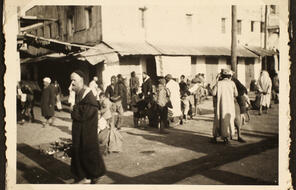
From Fitting In to Belonging: Understanding the Forces That Shape Belonging
Designed for students in grades 7 and 8, this text set includes lesson plans and multi-genre texts for a two-week unit exploring the essential questions, “What are the forces that shape belonging? How can we reduce barriers to belonging for ourselves and others?”
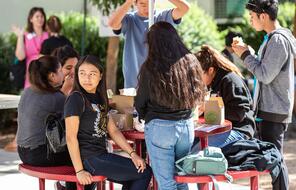
Japanese American Incarceration in WWII: A US History Inquiry
This C3-aligned inquiry explores the compelling question "What can we learn from the stories of Japanese Americans who stood up for their democratic rights and freedoms?"

Reimagining Home
This text set includes lesson plans and multi-genre texts for a two-week unit exploring the essential question, “How can reimagining ‘home’ empower us to define how and where we belong in the world?”

Three Good Things
Students practice gratitude by naming and recording three good things that have happened that day.

Slow Down with The Slowdown
Students use poetry as a spark for reflection and discussion about what’s happening in their lives and the world.
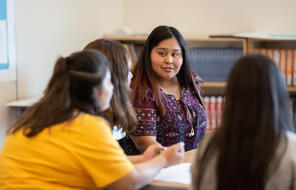
Take a Stand
Students practice debate and perspective taking by taking a stand on a controversial statement.
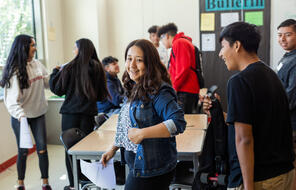
Appreciation, Apology, Aha
Students reflect on the day by asking them to share an appreciation, an apology, and an “aha” moment.
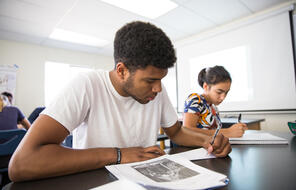
Closing Challenge
Students identify one personal or academic goal that they would like to commit to in the week ahead.
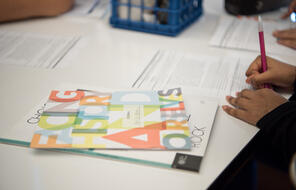
Language and Identity
Explore how language and culture shape identity, and learn about the challenges faced by the Indigenous Peoples of Canada to preserve their traditional identity.
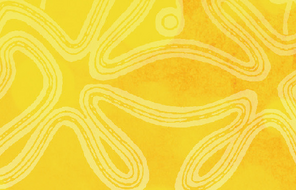
Langue et identité
Découvrez comment la langue et la culture forment l’identité et apprenez-en davantage sur les défis auxquels sont confrontés les Peuples Autochtones au Canada quant à la préservation de leur identité traditionnelle.



